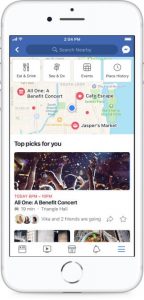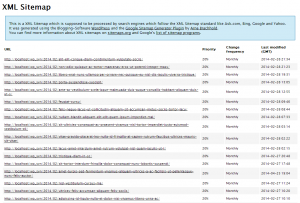
People like to claim that “local doesn’t scale”. They use this as an excuse to ignore or downplay businesses that focus on hyperlocal markets. And yet, Facebook and Google make a huge percentage of their revenue on local businesses! Facebook has over 65M Business Pages on their site and over 5M advertisers.
We firmly believe that the issue with local is not that local doesn’t scale. Point of fact, there are over 25M very small businesses in the US alone. There have also been hundreds of companies who have tried to grab a sliver of that market. No, the issue is the go-to-market strategy. Most technology companies still sell a “do it for me (DIFM)” solution when the large majority of very small businesses want a “do it yourself (DIY)” approach when it comes to their small business marketing efforts.
The latest study from BIA Kelsey seems to bear this out. They show that 1-person businesses have a large (nearly 4:1) preference for DIY tools, but that even 2-9 person companies still prefer DIY over other models (2:1). It isn’t until budgets (and employee size) go up that DIFM starts to equalize DIY. Still, DIFM doesn’t match DIY’s preference, even for businesses up to 100 employees.
DIY also includes being able to sign up and upgrade on their own as well. As long as technology companies and local publishers think solely about larger advertising (DIFM) revenue, they are limiting the potential local market. Over 85% of all local businesses are either 1-person or 2-9 person businesses, and the ratios show that they prefer DIY by a large margin. It’s likely that a DIFM or larger ticket solution will only satisfy up to 25% of the total market. Why ignore the other 75%?
Facebook has shown that small businesses will make “micropayments” to boost posts. And Google AdWords makes it trivial to set up PPC campaigns where you can bid pennies for exposure based on long tail keywords. These revenue streams are large and growing for two of the largest companies in the world. Why is it not the preferred method for more businesses looking to scale local?
In particular, local publishers have a great opportunity to engage their local audience with a DIY suite of offerings. Not only that, we’ve already seen use cases where the publisher offers a DIFM model of the DIY suite, which provides the best of both worlds. What a great opportunity to fill a void between Facebook and Google (which only offer DIY for small business marketing efforts) and larger tech platforms (which focus on DIFM) with a solution that can cost-effectively deliver both DIY and DIFM into the 1-9 person business – which makes up 85% of the businesses in a local publisher’s community. Seems like a phenomenal opportunity.
Business & Finance Articles on Business 2 Community(89)
Report Post






